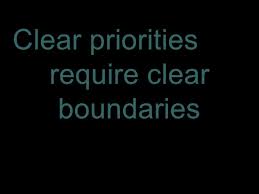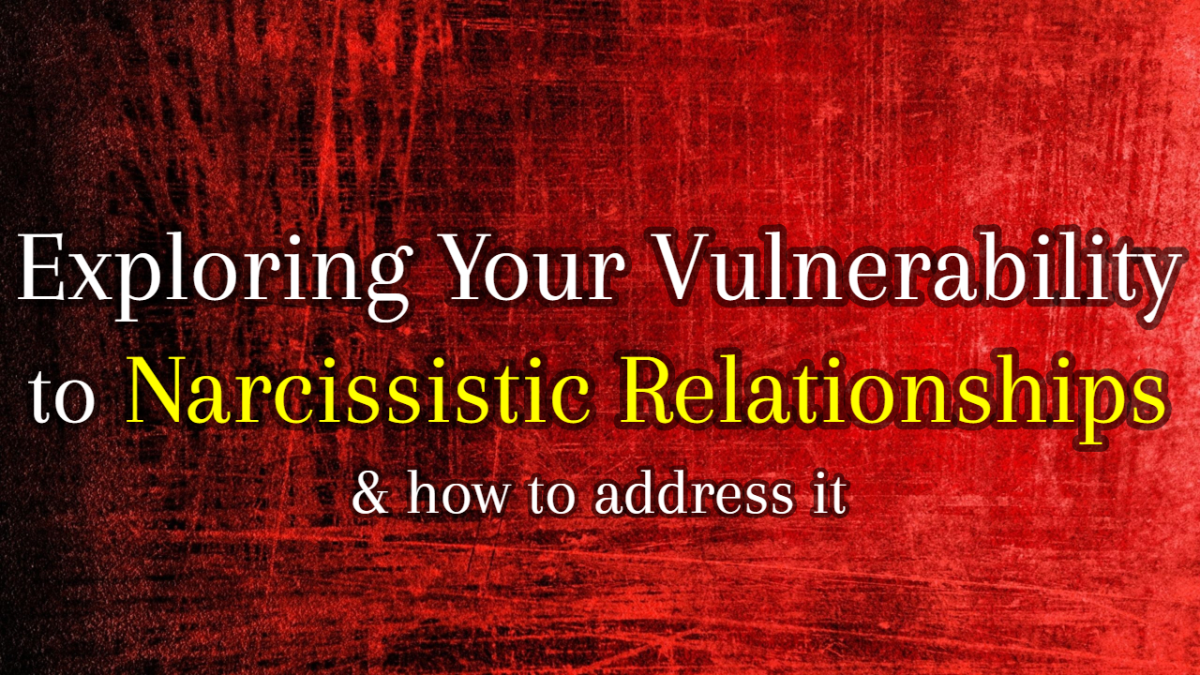How to set Healthy Boundries

Setting Boundaries
Boundaries are guidelines people create for themselves to identify safe, permissible ways to behave in their environment. They are created from, opinions, attitudes, and past experiences.
Boundaries help define a person by setting physical, mental, and spiritual boundaries, involving beliefs, emotions, intuitions and self-esteem. They operate in both incoming and outgoing interactions between people.
The purpose of having boundaries is to protect and take care of ourselves. We need to inform others when they are acting in unacceptable ways. We need to know we have a right to protect and defend ourselves and a duty to take responsibility for how we allow others to treat us. It's important to speak feelings vocally, for example, "I am angry, I'm hurt, etc. By stating feelings out loud we are affirming we have a right to our feelings.
The difference between setting a boundary in a healthy way and manipulating is: when we set a boundary we let go of the outcome." mUnfortunately, some of us have damaged, contorted boundaries in their lives, which allows them to be continually victimized. These are often caused by boundary violations during childhood: over-protection, and control, verbal or sexual abuse; and more often then not neglect and deficiency of love.

Different Kinds of Boundaries
There are various forms of boundaries:
Physical boundaries. Physical boundaries define one's personal safety zone. A person with healthy physical boundaries is able to say, “I won't allow you to touch me that way. I won't allow you to physically abuse me. I won't allow you to sexually exploit me.” That's why one of the best ways to protect children against sexual abuse is to teach then they have clear boundaries and shouldn't allow anyone to touch them in certain ways or places on their bodies.
A person with healthy physical boundaries feels fear, anxiety, or anger when these boundaries are violated. A person with distorted or damaged physical boundaries will blame themselves for these feelings when others exploit or abuse them.
Emotional boundaries. Emotional boundaries define a protective safety zone around one's feelings, self-esteem, and relationships. Healthy emotional boundaries serve to deflect negative thoughts about oneself and negative behavior, meaning; insults, attacks, criticism, and abuse from others. A person with unhealthy emotional boundaries, however, allows negative self talk and the criticism of other people to control their self-esteem.

Spiritual boundaries. Spiritual boundaries define the territory of our relationship with God. A person with healthy spiritual boundaries has an intellectual and emotional understanding of God's love, grace, and affirmation. As a result, they feel a strong sense of purpose, meaning, and self-worth.
Tragically, many have a damaged sense of their spiritual boundaries. In some cases, it's because they were raised in religiously abusive environments where they were taught God is a stern, unforgiving, critical judge. Thus, they failed to experience the tender love of God in their early years. Perhaps they had physically or sexually abusive parents.
Many have spiritual boundaries violated later in life by religious leaders who say, “God speaks to me, and He is telling me what you should do in your life.” A person with healthy spiritual boundaries will respect the Scriptures and the leading of the Holy Spirit, but will be suspicious of the so-called authority of those who claim to speak for God.
Learn God's appraisal of yourself. You're worth comes from God, not from the approval of others. God offers you His grace, not condemnation, when you make mistakes. Be honest with yourself and others about your feelings. People with distorted physical and emotional boundaries tend to be out of touch with their own feelings. When they ignore the warnings their feelings are sending them, they leave themselves open to mistreatment.

Strategy
If there is a person who is continually violating your boundaries, plan a strategy for confronting that person. If it is a severely abusive relationship, involving ongoing sexual or physical abuse to you or your children, get out of that relationship now. Find a shelter, talk to your pastor, counselor, or stay with a trusted friend where you won't be found by the abuser. You and the safety of your children takes precedence over all other concerns.
Practice Assertive Communication
Be firm and focused on the issues. Keep your communication brief and to the point. If the other person brings up side issues, just go back to your main point, restate it, don't budge from it, and don't get drawn into a messy argument. Just be quiet and wait out the silence. Above all, stay calm.
Sense of Loss
As you redraw boundaries in your relationships, be prepared for a sense of loss. There is a certain amount of comfort we draw from being emotionally dependent and controlled by others. Consciously we may hate it, but subconsciously we crave the security of being a child, of letting others make decisions and take responsibility for us. But to be emotionally and spiritually healthy, you must take up the responsibility of your own adulthood. As you make mature choices and draw healthy boundaries in your relationships, you will experience a growing sense of confidence and strength in your self-esteem.








